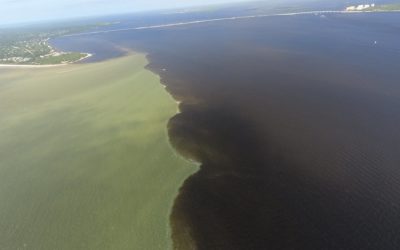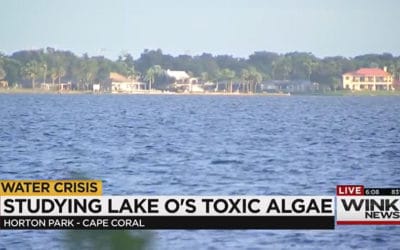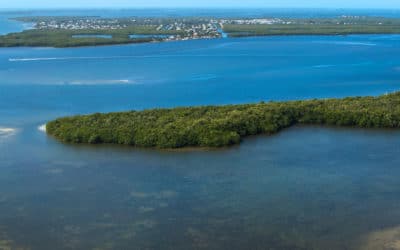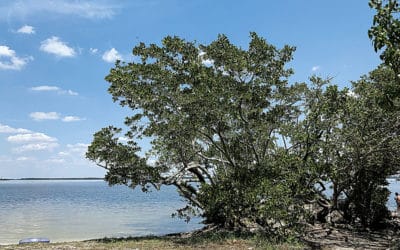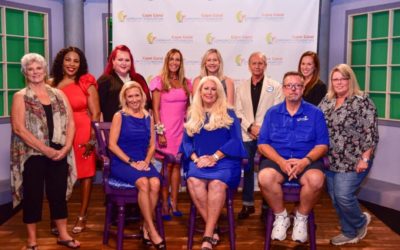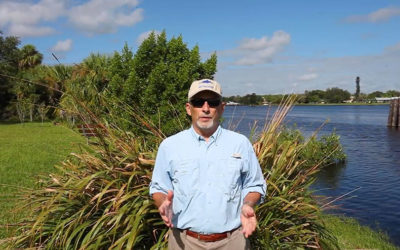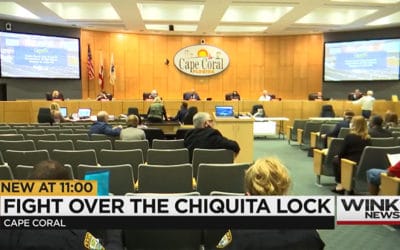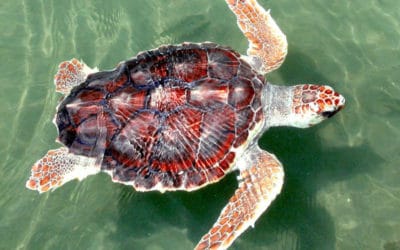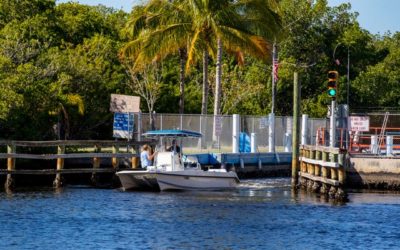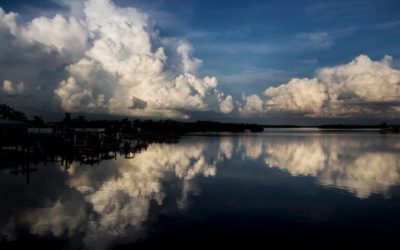Calusa Waterkeeper
In the News
What Impacts Could Tropical Storm Eta have on Lake Okeechobee and Water Releases?
If Eta dumps a lot of rain on us, it could mean more water releases from Lake Okeechobee. Releases started last month and are changing the color of water along Lee County’s coast. A tropical storm over the lake means its levels will rise in a hurry which could result in releasing more water our way.
Dramatic Images Show Lake Okeechobee Releases Meeting Gulf near Sanibel
There are new concerns for Southwest Florida water quality. New aerial images show the Lake Okeechobee water discharges reaching the Gulf of Mexico near Sanibel Island. You can see the stark contrast where the releases of freshwater meet the saltwater from the Gulf.
Judge Orders Engineers Study Lake O Water Release Effects on Algal Blooms and Endangered Species
Lake Okeechobee is going under the microscope to protect Florida’s endangered species and its habitat from toxic algae. A judge ordered the U.S. Army Corps of Engineers to study the impact water releases could have on manatees and other creatures.
Saving Estero Bay Virtual Event Benefits Water Quality Efforts
Estero Bay was Florida’s first State Aquatic Preserve, and this year marks the 30th anniversary of the designation of the Estero Bay tributaries as Outstanding Florida Waters. While this should be a reason to celebrate, it is also a reason for concern.
A Win Against the Army Corps’ Toxic Lake Okeechobee Discharges
Federal Judge orders the U.S. Corps of Engineers to consider toxic algae when releasing water from Lake Okeechobee. Fort Myers, FL: Calusa Waterkeeper is proud to be involved with a recent win in federal court regarding the management of Lake Okeechobee and its impacts to the Caloosahatchee and St. Lucie estuaries.
Tropical Point Park Waters Cause Concern
Island resident and GPICA President Scott Wilkinson often finds himself running back and forth to Fort Myers to test the waters from Tropical Point Park in St. James City. After noticing several people, including school children, wading in these waters, he contacted county officials on behalf of fellow islanders in an effort to keep them safe.
Cape Coral Community Foundation Announces Annual ENPY Award Winners
The Cape Coral Community Foundation is pleased to announce the 12 Award Recipients for the fourth annual Excellence in Nonprofit Performance Yearly Awards, also known as the ENPYs. Calusa Waterkeeper is honored to be awarded the Nonprofit Organization of the Year (established more than five years ago).
Words from the Waterkeeper, Episode 20
This week, John Cassani reminds us of the importance to get out and VOTE! You can review our candidate questionnaires for both City of Fort Myers and City of Cape Coral on our website and seek the many other resources available to learn more about candidates and their positions ahead of casting your ballot.
Cape Coral seeks $2M in State Funding to Push for Chiquita Lock Removal
The City of Cape Coral is moving forward with hopes to remove the controversial Chiquita Lock. The fight over whether the lock should be removed has spanned several years, and the city hopes to get $2 million in funding from the state to help its cause.
Algae Blooms Triggered by Lake Okeechobee Releases Harm Wildlife and Coastal Communities
Conservation groups filed a proposal in federal court to ensure that the U.S. Army Corps of Engineers’ discharges from Lake Okeechobee do not harm protected wildlife. The U.S. District Court for the Southern District of Florida held in a ruling that the Army Corps violated the Endangered Species Act.
Public Invited to Play Role in Battle Over Removing Chiquita Lock
The city of Cape Coral stands ready to rally the public in the next legal battle to dismantle the Chiquita Lock, hiring lawyers who promise to use public involvement to convince regulators to get rid of the lock. City-hired experts are expected to hold public meetings to describe aspects of the project and to ask questions.
Saving Estero Bay and Southwest Florida’s Waterways
Our economy, tourism, recreation — even our health — all depend on the quality of our waterways. And the waterways we love are in dire straits. They need our help. Think about the magnificent body of water that is Estero Bay, Florida’s first Aquatic Preserve.


























